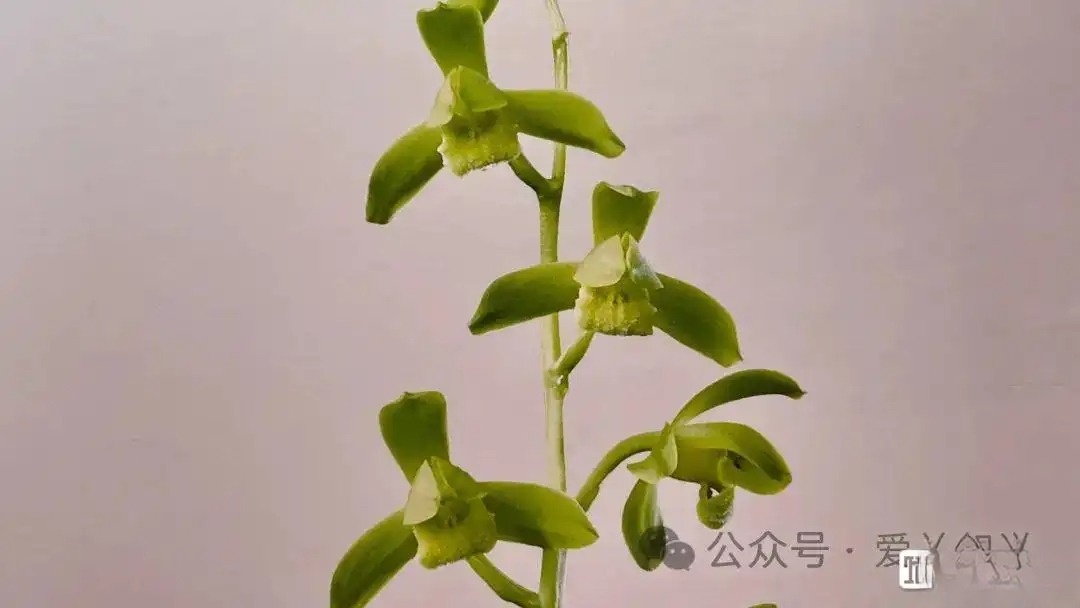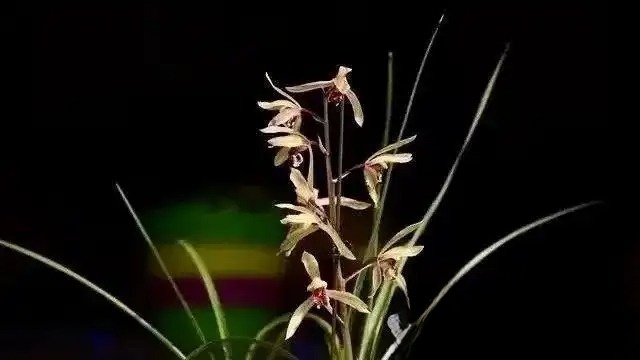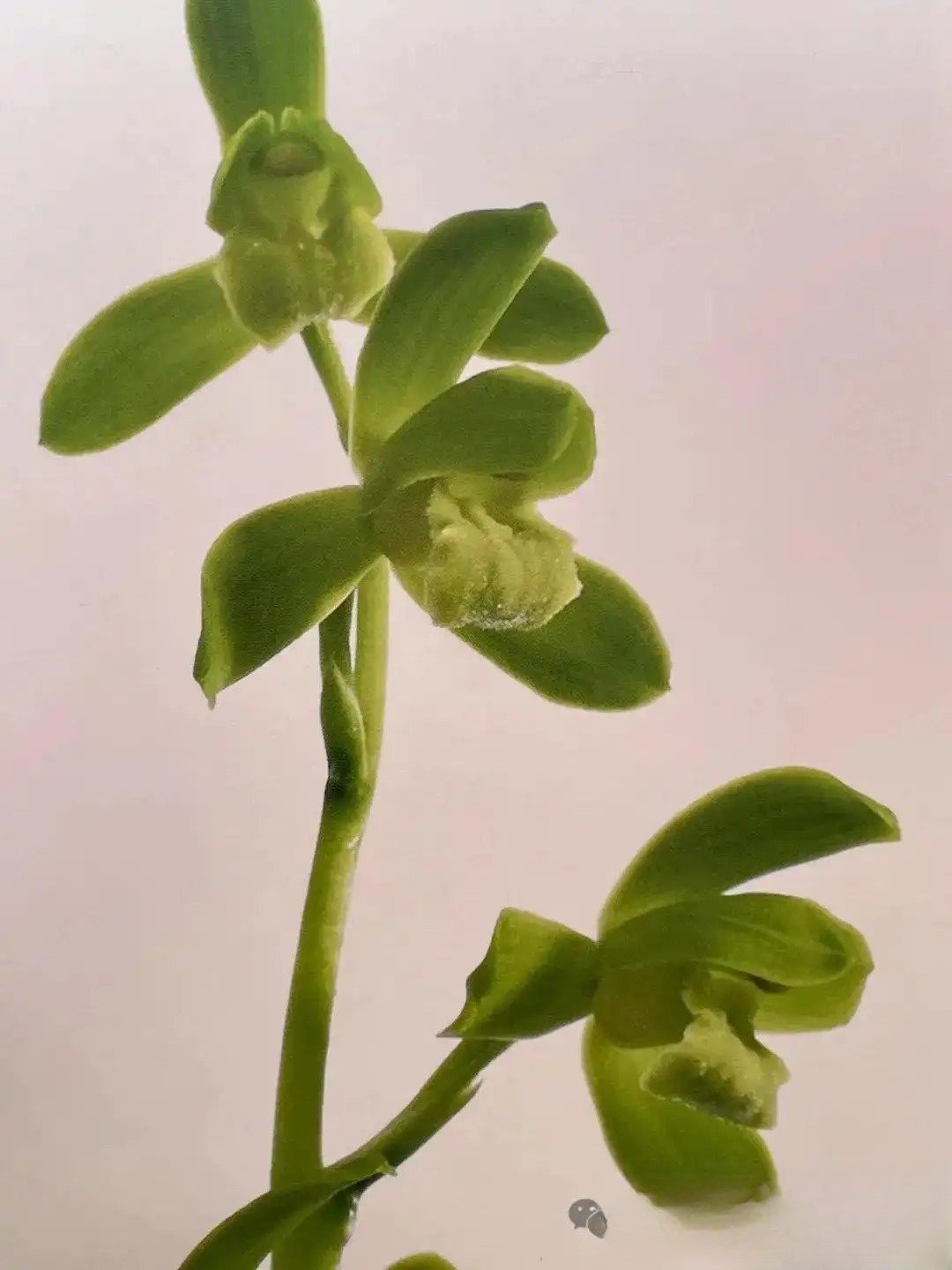Cymbidium orchid management: from details to techniques, creating a perfect natural bloom
In the flower culture of China, Cymbidium undoubtedly occupies an important position. Its unique temperament and elegant shape make people appreciate it and also arouse strong interest in its growth process. In particular, the management of the flowering period of Cymbidium has attracted many orchid lovers. This article will discuss the management of the flowering period of Cymbidium from multiple aspects such as temperature control, flower bud protection, watering and fertilization, in order to help readers better understand and master the growth law of Cymbidium, so that Cymbidium can show the best posture in a natural state.

1. Temperature control: the key to making cymbidiums bloom naturally
Temperature is one of the important factors that affect the growth of flowers. Temperature control is particularly important in the management of the flowering period of Cymbidium orchids. Starting from late February, Cymbidium orchids will go through stages such as budding, scape pulling, and bell formation, and each stage requires different temperature control. For example, in the budding stage, the temperature should be controlled at around 15°C; the scape pulling stage requires a temperature of around 20°C; and the bell formation stage requires around 23°C. Such temperature control can ensure that Cymbidium orchids grow in a suitable temperature environment, thereby avoiding suffocation or freezing of Cymbidium orchids due to excessively high or low temperatures.
It is also important to control the temperature at night. According to the weather forecast, if the temperature at night is below 10°C, you need to close the doors and windows to maintain the temperature in the orchid room; if the temperature at night is above 10°C, you can leave appropriate gaps to maintain the temperature difference between day and night to prevent the orchid from being affected by the large temperature difference.
2. Flower bud protection: avoid flower bud rot caused by human factors
During the growth of Cymbidium orchids, the protection of flower buds is equally important. Some orchid lovers may cause the flower buds of Cymbidium orchids to rot due to poor management. In order to avoid this, you need to pay attention to the following points:
1. Watering method: When watering, try to avoid pouring water directly into the flower buds to avoid causing the flower buds to rot. It is recommended to use the method of watering along the surface of the pot to avoid water splashing on the flower buds.
2. Avoid moving the flower pot: Because the orchids that have just started to grow tend to be sun-oriented, if there is a slight error in moving them, the flower stems may bend, affecting their ornamental value. Therefore, when watering and fertilizing, the number of times the flower pots should be moved should be minimized.
3. Treatment between petals and tongue: When the bells are in full bloom, some petals may overlap with the tongue. In this case, you can use a toothpick to gently pick them apart to keep the petals in shape.
4. Flower stalk correction: When the flower stalk is slightly bent, you can use a thin bamboo stick or a wire covered with a green plastic tube to tie it to the flower stalk to correct the shape of the flower stalk.

5. Humidity control: When the cymbidium orchid is pulling out the stem, it is necessary to maintain a certain humidity in the pot and the surrounding environment so that the flower stalk can be pulled up smoothly; and when all the flower buds have turned into stems and the number of large bells has reached half, the regular petal flowers should be watered once thoroughly, and then no watering is required during the entire flowering period to keep the petals round, moist, thick and glutinous. For floating petals or strange flowers, more water should be poured during the flowering period to make the petals wider and larger, so as to achieve a better viewing effect.
3. Conclusion: Cymbidium orchids that return to their natural growth state are more beautiful
Through the above discussion, we understand that temperature, humidity, and bud protection are all crucial factors in the management of Cymbidium during its flowering period. However, the most ideal management method is to let Cymbidium return to its natural growth state. Instead of deliberately pursuing rapid flowering or special forms, let Cymbidium grow freely in a natural environment and fully display its natural beauty.
First of all, we must realize that Cymbidium is a plant that is very sensitive to environmental changes. Excessive intervention and human factors may cause its growth to be stunted, flower buds to be damaged, or flowering quality to be reduced. Therefore, when managing Cymbidium, human intervention should be minimized to allow it to grow freely in its natural environment.
Secondly, we need to understand the growth rules of Cymbidium orchids. Cymbidium orchids have different needs at different growth stages, such as temperature, humidity, light, etc. Only by mastering these rules can we better create a suitable growth environment for them. In a suitable environment, the leaves of Cymbidium orchids will be greener and taller, and the flower buds will be fuller and more lively.
Finally, we have to appreciate the natural beauty of Cymbidium orchids. The flowers of Cymbidium orchids are of various shapes and colors, and each flower has its own unique beauty. In the management of flowering period, we should not only pursue the number or size of flowers, but should pay more attention to the quality and shape of flowers. Letting Cymbidium orchids grow freely in a natural environment and fully display their natural beauty is the most ideal way to manage flowering period.

In short, the orchid that returns to its natural growth state is more beautiful. In the management of the flowering period, we should minimize human intervention, follow the growth law of the orchid, and appreciate its natural beauty. Only in this way can we truly appreciate the unique charm and beauty of the orchid.





 Essentials for Growing Orchids
Essentials for Growing Orchids



